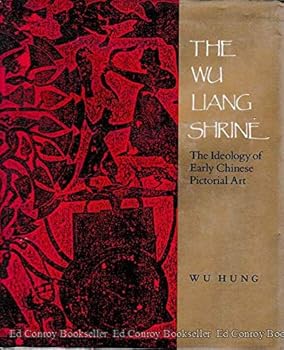The Wu Liang Shrine: The Ideology of Early Chinese Pictorial Art
Select Format
Select Condition 
Book Overview
The funerary shrine of the Confucian scholar Wu Liang, created in AD 151, is the most important surviving pre-Buddhist monument in China. That is to say, it is the most important single work of visual art from the centuries that set the patterns of Chinese thought for almost two millennia. The importance of the shrine lies in the beauty of the stone reliefs on its walls and, especially, in the remarkably comprehensive iconography of its nearly one hundred scenes. They constitute, in effect, a coherent symbolic structure of the universe as the Han Chinese conceived it. This structure consists of three sections: the ceiling carvings present the Mandate of Heaven; the scenes on the two gables depict the paradise of the immortals; and the 44 stories related on the walls illustrate the history of mankind, starting with the creators of human culture and ending with a portrait of Wu Liang, who designed his own memorial. The author finds the shrine comparable, in the comprehensiveness and cultural significance of its iconography, to the cathedral at Chartres or the Sistine Chapel.
Format:Hardcover
Language:English
ISBN:0804715297
ISBN13:9780804715294
Release Date:October 1989
Publisher:Stanford University Press
Length:428 Pages
Weight:0.90 lbs.
Customer Reviews
0 rating





